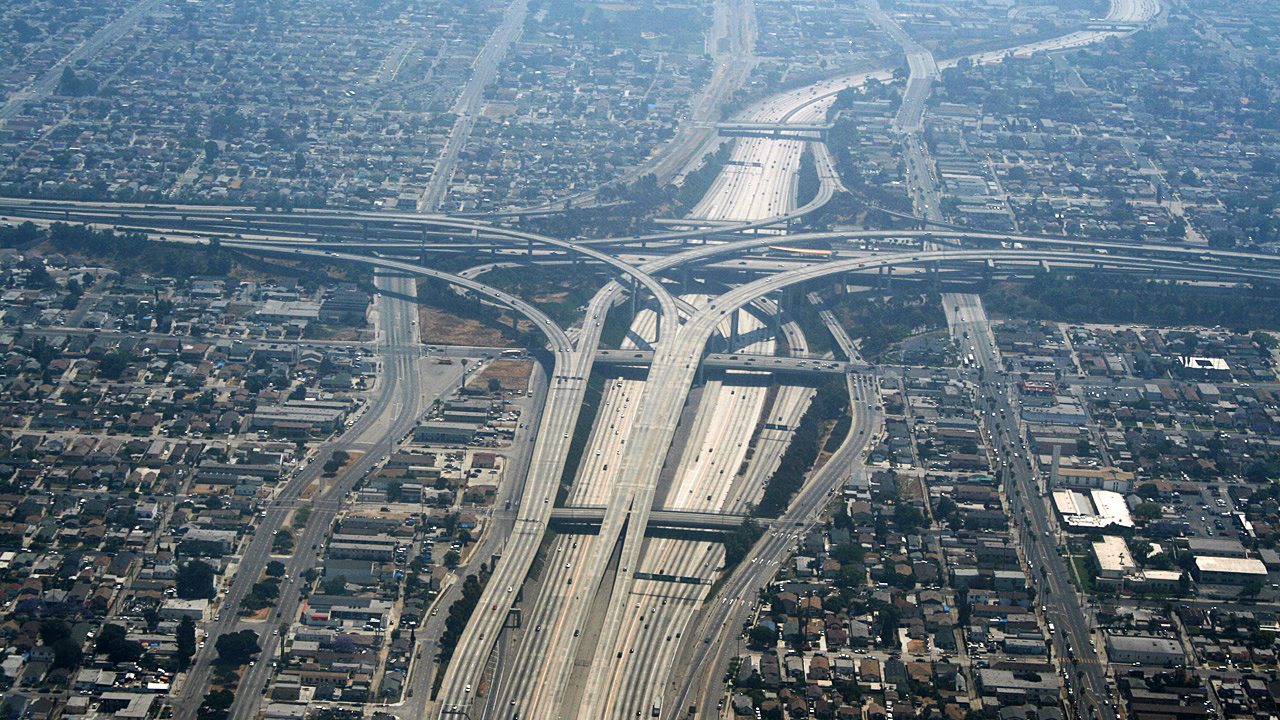Restoring the Black communities highways wiped out
Scholars and advocates explain how highways displaced Black communities across America, and discuss the best path forward for redeveloping those spaces.

Like many things throughout Detroit’s history, the freeways that cut through the city were created without the full consent of Black residents — often displaced by such infrastructure projects.
And the creation of highways didn’t just bring devastation to Black communities in Detroit, but to Black neighborhoods and communities across the U.S. It happened in Los Angeles and New Orleans, as well as other metropolitan cities in America.
“When the building of the freeway and other forms of urban renewal happened in Black Bottom — even before the freeway (was created) — what they are given is an eviction notice and they aren’t given any funds to relocate or anything.” — Jamon Jordan, City of Detroit historian
However, there is now a push to rectify the damages done to communities of color by freeway projects.
The State of Michigan recently restated its plan to tear down I-375 and create a new “urban boulevard.” Additionally, a Biden Administration spending bill pledged $20 billion for cities across the country to redevelop portions of highways that destroyed Black communities.
Listen: How highways destroyed Black neighborhoods in Detroit — and how the state may fix that.
Guests
Robert Boyle is a professor of Urban Planning at Wayne State University. He says the people who suffered most from the creation of highways were the politically disenfranchised, particularly African Americans.
“The past is really important today when people are discussing what to do with these neighborhoods that were severely divided by the technology of the 1950s and 60s,” says Boyle.
Jamon Jordan is the City of Detroit’s official historian and founder of Black Scroll Network History and Tours. He says the winners of the freeways were suburban residents, while people who owned land in Black Bottom — about 20% of the neighborhood’s residents — weren’t able to get any value for being forced to move.
“80% of the people in Black Bottom are renters,” says Jordan. “So when the building of the freeway and other forms of urban renewal happened in Black Bottom — even before the freeway (was created) — what they are given is an eviction notice and they aren’t given any funds to relocate or anything.”
Sally Santangelo is the executive director of CNY Fair Housing, a non-profit organization working to eliminate housing discrimination in central and northern New York. She says the creation of I-81 in Syracuse destroyed opportunities for Black residents.
“It is in many ways,” says Santangelo, “a wall that really isolates the neighborhoods and creates this stark divide.”
Alex Lawson is the housing policy coordinator at CNY Fair Housing. He says equity and the voices of Black residents need to be a critical part of restoring the area where a section of highway is being removed in Syracuse.
“The highway was put there for social aims,” says Lawson, “and you have to put social aims at the front of your mind when you remove it as well.”
Trusted, accurate, up-to-date.
WDET strives to make our journalism accessible to everyone. As a public media institution, we maintain our journalistic integrity through independent support from readers like you. If you value WDET as your source of news, music and conversation, please make a gift today.
